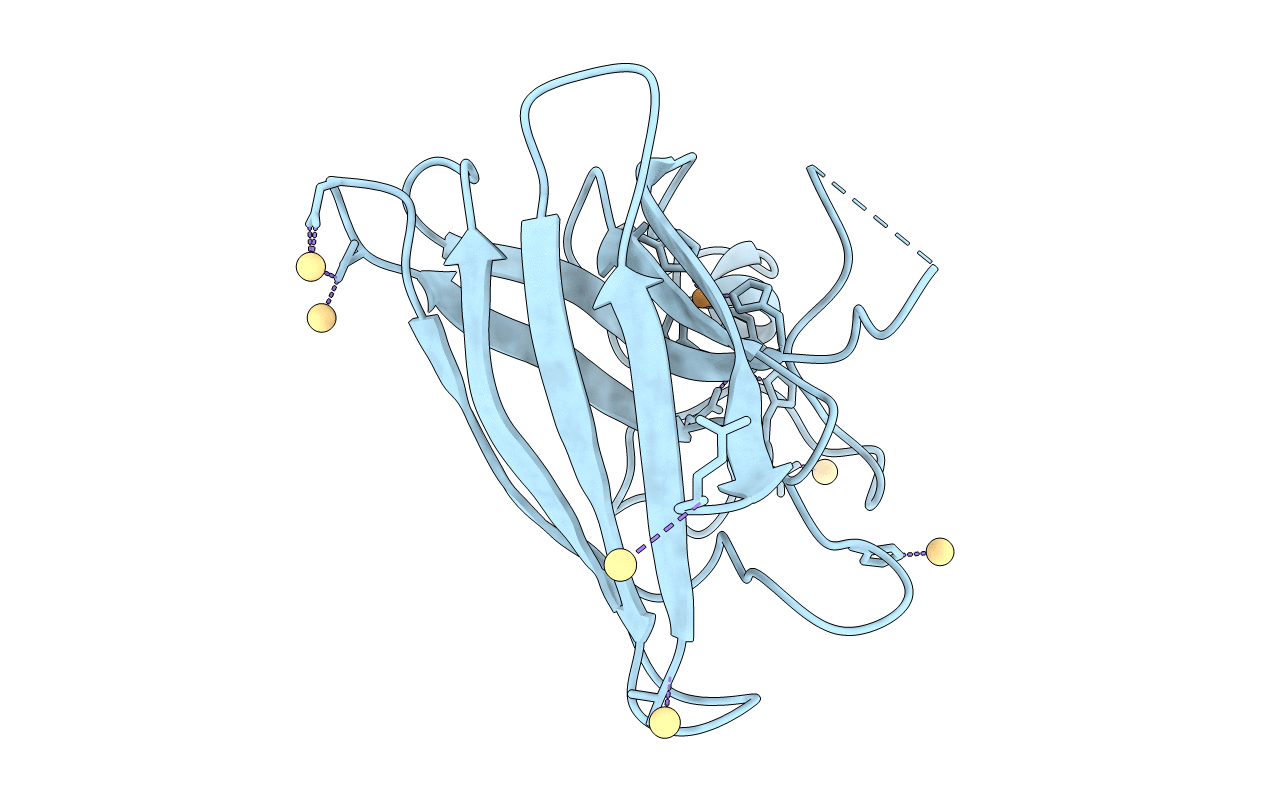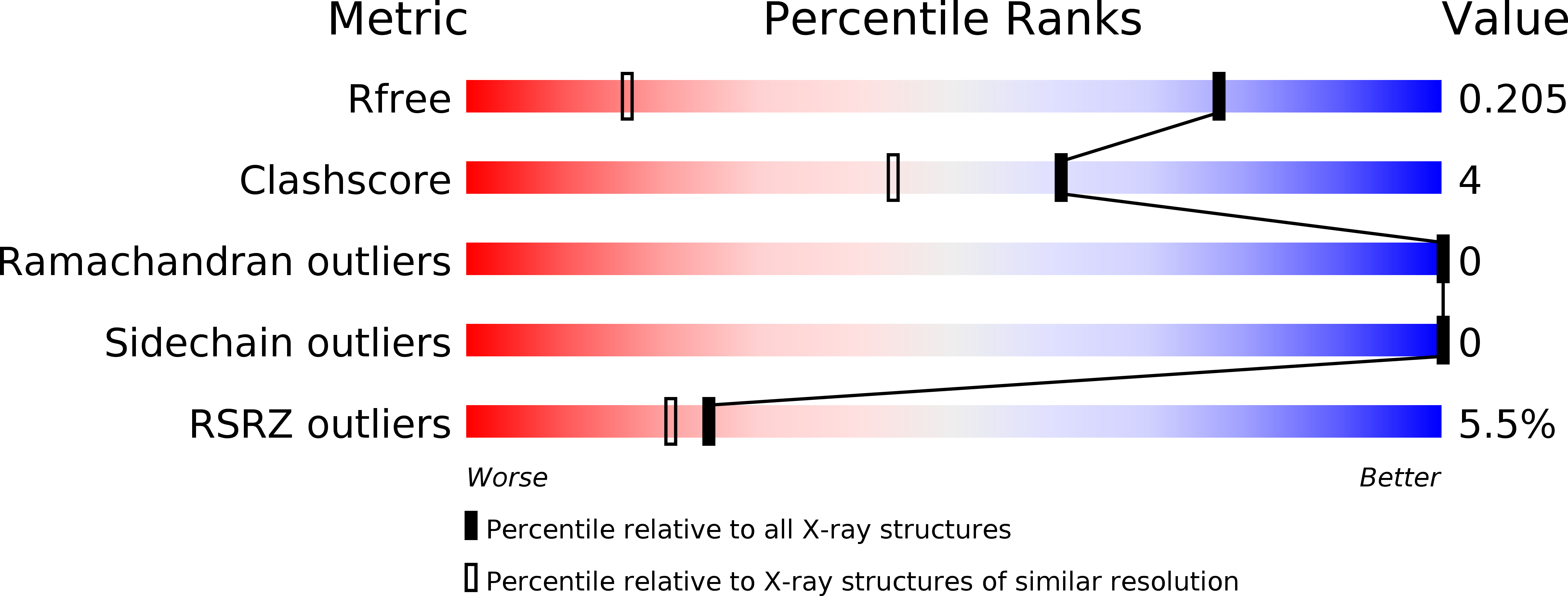
Deposition Date
2012-10-03
Release Date
2013-02-27
Last Version Date
2023-12-20
Entry Detail
PDB ID:
4BCY
Keywords:
Title:
Monomeric Human Cu,Zn Superoxide dismutase, mutation H43F
Biological Source:
Source Organism:
HOMO SAPIENS (Taxon ID: 9606)
Host Organism:
Method Details:
Experimental Method:
Resolution:
1.27 Å
R-Value Free:
0.20
R-Value Work:
0.19
R-Value Observed:
0.19
Space Group:
P 21 21 21


